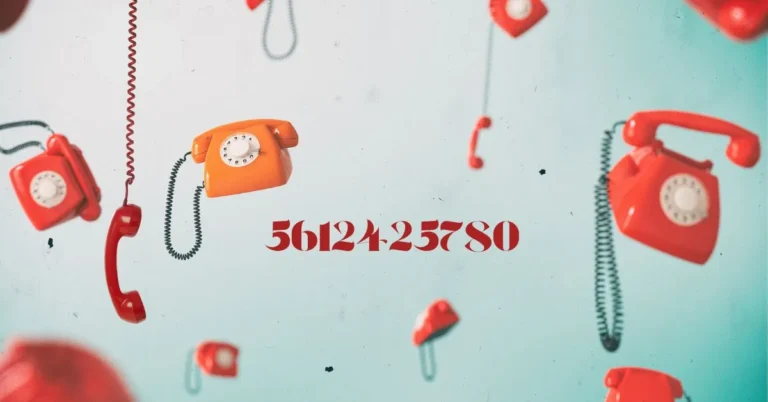A Guide to Vinyl Record Appraisals and Market Insights
Vinyl records hold a special place in the hearts of music lovers and collectors alike. These analog treasures not only offer a warm, rich sound that digital formats often lack, but they also serve as tangible pieces of music history. As the popularity of vinyl continues to surge, understanding the value of these records becomes increasingly important. However, appraising vinyl records can be a complex process, involving various factors such as pressing details, condition, and market demand. This guide will walk you through the key steps in appraising vinyl records, helping you determine their true worth in today’s market.
Understanding Vinyl Records and Appraisals
Before diving into the specifics of appraising vinyl records, it’s essential to understand what vinyl records are and what an appraisal entails.
What is a Vinyl Record?
A vinyl record is an analog sound storage medium in the form of a flat disc, typically made of polyvinyl chloride (PVC). These records are commonly referred to simply as “vinyl.” Music is stored in the grooves of the record, which are read by a needle (or stylus) on a turntable. Vinyl records became popular in the mid-20th century and are still cherished by audiophiles and collectors for their warm sound quality and nostalgic value.
What is an Appraisal?
An appraisal is the process of determining the value of an item, such as a vinyl record. This process involves assessing various factors, including the condition, rarity, demand, and historical significance of the item. The goal of an appraisal is to provide an estimate of the item’s market value, which can be useful for selling, insuring, or simply understanding the worth of the item.
Steps in the Vinyl Record Appraisal Process
Determining the value of a vinyl record can be challenging due to the various factors involved. Here’s a step-by-step guide to help you navigate the appraisal process.
1. Identify the Record You Have
The first step in appraising a vinyl record is to identify exactly what you have. This involves gathering as much factual information as possible about the record, including:
- Artist and Title: The basic information about the record.
- Pressing Details: Where, when, and how the record was made.
- Condition: The physical state of the record and its packaging.
Researching Pressing Information
Websites like Discogs.com are invaluable for researching pressing information. Discogs is a vast online database of music releases, and it allows users to find detailed information about different versions of an album. For example, a popular album like Pink Floyd’s Dark Side of the Moon may have been pressed in different countries, years, and formats, all of which can affect its value.
When researching, compare the images, notes, and other identifiers on Discogs to your record to determine the exact version you have.
2. Assess the Condition of the Record
Grading the condition of a vinyl record is a crucial part of the appraisal process. The condition is usually assessed based on the Goldmine Standard, which is a widely accepted grading system. Here’s a simplified version of the grading scale:
| Grade | Description |
| Mint (M) | Factory sealed or never played. |
| Near Mint (NM) | Almost like new with little to no signs of wear. |
| Very Good Plus (VG+) | Well cared for with minor signs of use. |
| Very Good (VG) | Noticeable signs of wear but still playable without significant issues. |
| Good Plus (G+) | Heavy signs of use with some effect on sound quality or aesthetics. |
| Fair (F) | Can still be played but with significant problems like skips or noise. |
| Poor (P) | Damaged or warped, unplayable. |
Both the vinyl record and its jacket are graded separately, and both grades impact the overall value.
3. Research Comparable Sales
After identifying the record and assessing its condition, the next step is to research how much similar records have sold for. This step involves gathering data from reliable sources like Discogs and eBay.
Using Discogs:
Discogs provides detailed sales histories for vinyl records. On each release page, you can find statistics that show the lowest, median, and highest sale prices for that particular version of the record. This data is based on actual sales and can give a good indication of the record’s market value.
Using eBay:
eBay is another useful platform for researching vinyl record sales. However, it’s important to focus on completed sales (sold items) to get an accurate sense of what buyers are willing to pay. Be cautious, as eBay does not always differentiate between different versions of a record, which can skew results.
4. Evaluate the Record Against Comparable Sales
Once you have gathered data on comparable sales, you can assess how your record stacks up. Consider factors like the condition, rarity, and demand for your specific version. A Near Mint copy of a rare pressing will command a higher price than a more common version in lesser condition.
5. Final Appraisal
After evaluating all the information, you can arrive at an estimated value for your vinyl record. This value should reflect the most recent market trends and consider all relevant factors like condition, rarity, and demand.
Conclusion
Appraising vinyl records is both an art and a science. It requires careful research, a thorough understanding of the market, and a keen eye for detail. By following the steps outlined above, anyone can gain a better understanding of the value of their vinyl records and make informed decisions about buying, selling, or insuring their collection.
Whether you’re a seasoned collector or just getting started, knowing how to appraise your vinyl records can help you appreciate their true worth and navigate the fascinating world of vinyl collecting.
FAQs:
How can I identify the exact version of my vinyl record?
To identify the exact version of a vinyl record, look for specific details such as the catalog number, barcode, label information, and matrix etchings. Websites like Discogs can help you match these details with the correct version of the record in their extensive database.
What factors most influence the value of a vinyl record?
The value of a vinyl record is influenced by several factors, including its rarity, condition, demand, and the specific pressing. Records that are in near-mint condition, have unique features, or are rare pressings tend to be more valuable.
How do I grade the condition of my vinyl record?
Vinyl records are typically graded using the Goldmine Standard, which ranges from Mint (perfect condition) to Poor (unplayable). The condition of both the vinyl and its jacket should be assessed separately, with factors like scratches, warps, and wear influencing the grade.
Where can I find reliable sales data for my vinyl records?
Reliable sales data can be found on platforms like Discogs and eBay. Discogs provide detailed statistics on past sales, including the highest, lowest, and median prices for specific versions of records. eBay can also be useful, but it’s important to filter results to show only completed sales.
Can a vinyl record’s value increase over time?
Yes, a vinyl record’s value can increase over time, especially if it becomes rarer or more sought after. Factors such as the artist’s popularity, the record’s historical significance, and the condition of the vinyl all play a role in its potential appreciation in value.







